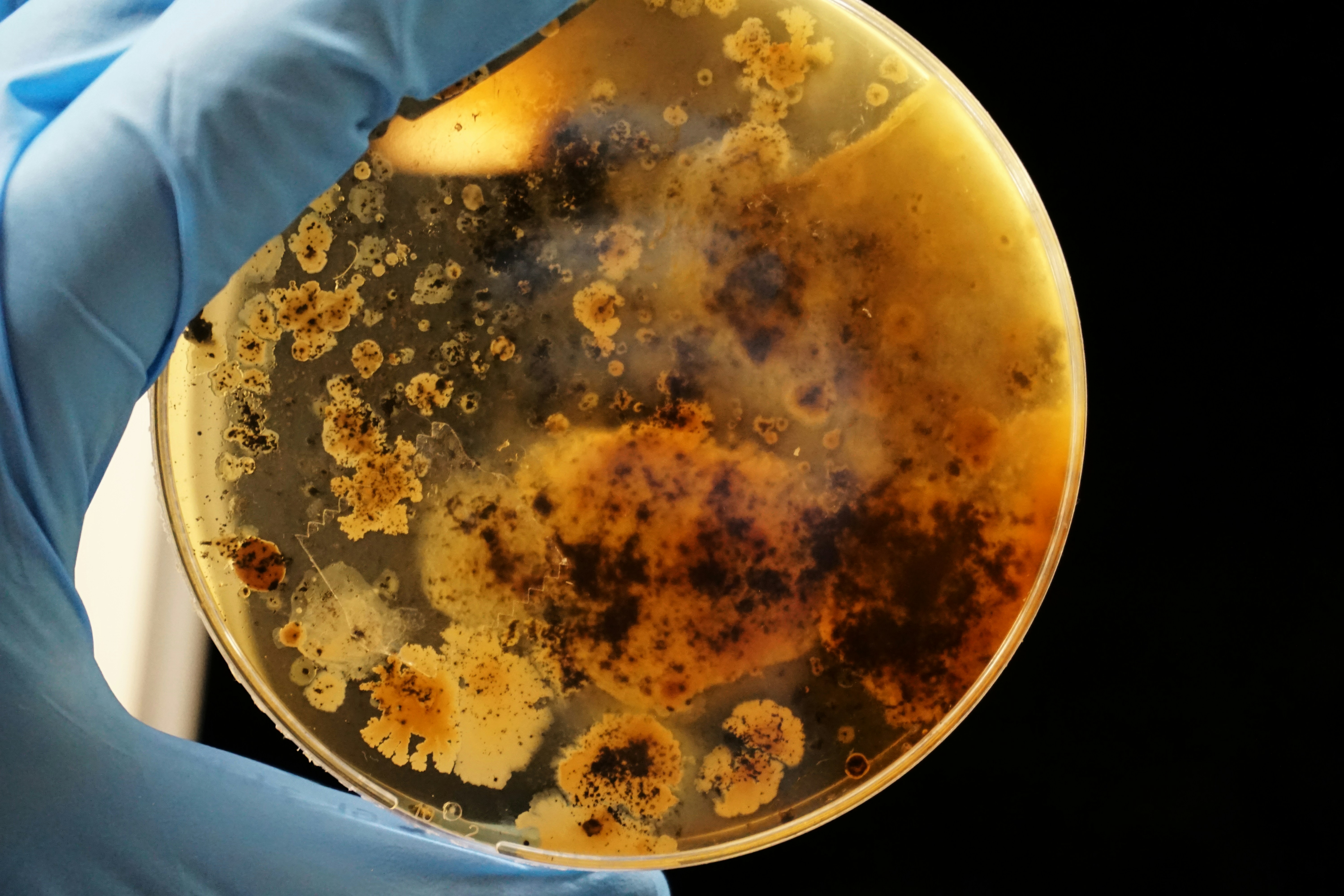Media release
From:
New antifungal kills multidrug-resistant fungi
The discovery of a new preclinical compound with strong antifungal activity against multidrug-resistant pathogens is described in Nature this week. The drug, named mandimycin, is a member of a known family of bacterial products with antifungal properties, the polyene macrolides. Unlike known compounds in this family, mandimycin binds to a novel target in the fungal cell membrane and is therefore active against a range of pathogens that are resistant to related compounds.
Infections caused by multidrug-resistant fungal pathogens pose a serious threat to human health, necessitating the need to find alternative treatments. Bacteria have evolved to produce natural products that can kill fungi, and these products have been used to develop antifungal drugs for humans. However, resistance is widespread and conventional antifungal drug discovery strategies (for example, testing the activity of natural products found in environmental samples) are yielding ever decreasing returns as they often lead to the rediscovery of compounds that bind to known targets.
To identify new members of the polyene macrolide family with potential to bind to alternative targets, Zongqiang Wang and colleagues screened 316,123 bacterial genomes to identify novel gene clusters. One such cluster seemed to have evolved distinctly from other gene clusters that encode polyene macrolides. Subsequent experiments revealed that its product, mandimycin, does not bind to ergosterol in the cell membrane, the typical target of polyene macrolides. Instead, mandimycin was shown to bind various phospholipids in the fungal cell membrane. This mode of action means that it is effective against fungal pathogens that have evolved resistance to existing antifungal agents that target ergosterol, such as the clinically used agent amphotericin B. The authors used animal models of infection to test mandimycin against a range of fungal pathogens, including multidrug-resistant Candida auris (a species listed as a priority fungal threat by the WHO), and found that the compound had increased efficacy and reduced nephrotoxicity, as compared with amphotericin B.



 International
International


